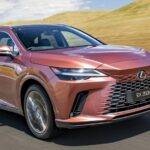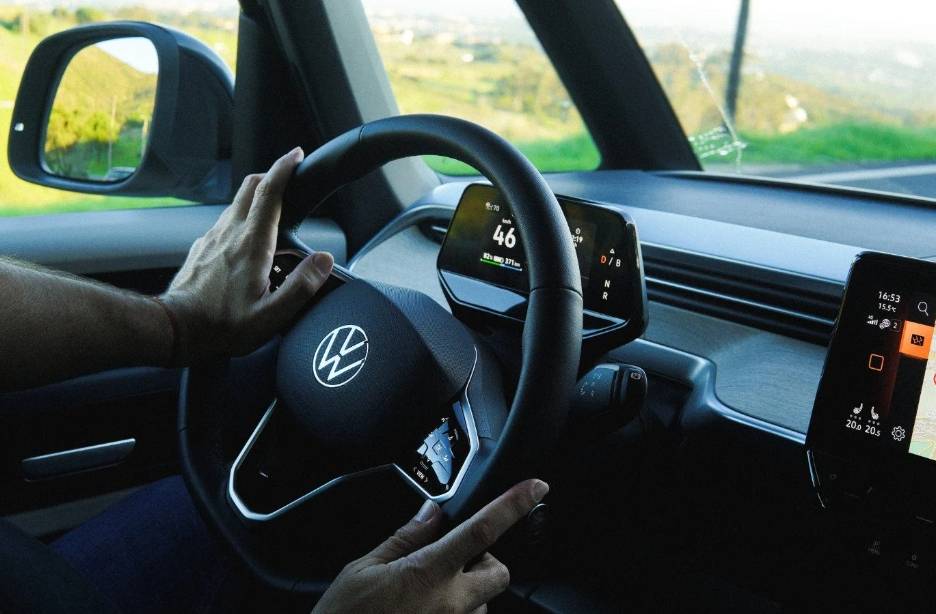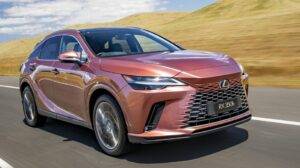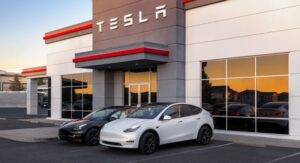Volkswagen will develop more components itself to lower prices
- Volkswagen is planning to design not only the batteries and motors but also the other essential components of its electric cars in-house.
- The goal of this integrated approach is to reduce costs through economies of scale.
- Moreover, the company anticipates that its optimized powertrain will deliver improved efficiency, thus boosting performance.
One of the obstacles to the adoption of electric cars is their prices. However, manufacturers are currently exploring various methods to make them more affordable. Volkswagen has recently announced a plan to decrease the costs of its future models, which could help make them more competitive.
Basically, the German automaker plans to reduce costs by developing more of its own components. In addition to motors and batteries, Volkswagen will also design PWM inverters and thermal management systems in-house.
By producing the main components of their electric cars in-house, Volkswagen aims to benefit from economies of scale, resulting in reduced costs. According to Thomas Schmall, a member of Volkswagen’s Group Management Board, the company will be among the few manufacturers able to offer a fully optimized powertrain that’s meticulously designed down to the smallest detail.
Volkswagen: less costs, more efficiency
Volkswagen’s decision not only benefits cost reduction, but also performance enhancement. The company anticipates a significant boost in efficiency with the introduction of newly developed in-house components. In the case of pulse-width modulation inverters, Volkswagen engineers have thoroughly assessed all the fundamental aspects and are creating a module that will be compatible with all of the company’s engines, including those that will be used in future sports cars.
According to Volkswagen, the pulse-width modulation inverter is a critical component as it serves as the “brain” of the vehicle’s drivetrain. In terms of thermal management, it’s responsible for managing battery cooling. Effective cooling leads to improved vehicle range and faster charging times. Currently, the thermal management system comprises various modules, fittings, and ducts. However, Volkswagen plans to replace this system with a more streamlined and integrated design.
How to reduce the costs of the electric car?
Stellantis (the merged entity of PSA and Fiat Chrysler) is also banking on economies of scale to lower the cost of electric cars. The company has set a goal of achieving price parity between electric and thermal engine vehicles by 2026. Stellantis CEO Carlos Tavares announced in October that this cost reduction would be achieved through a volume effect, i.e., leveraging the benefits of scale as production increases.
Ford has also made recent announcements related to cost reduction in electric vehicles. The automaker is adopting a new type of battery that is cheaper to produce. While current Ford vehicles use nickel, cobalt, and manganese (NCM) batteries, the company will soon introduce electric cars with lithium, iron, and phosphate (LFP) batteries. These batteries cost less to produce, have better longevity, and charge faster than NCM batteries. However, they offer less range compared to NCM batteries.
Just as a reminder, the European Union has proposed to almost entirely prohibit the sale of new vehicles with thermal engines starting from 2035.











More Stories
Tesla Introduces 84-Month Loans in the US Amid Rising Interest Rates
Opel automobiles: 125 years of history and a bright future
The Cars That Go Out of Production in 2023